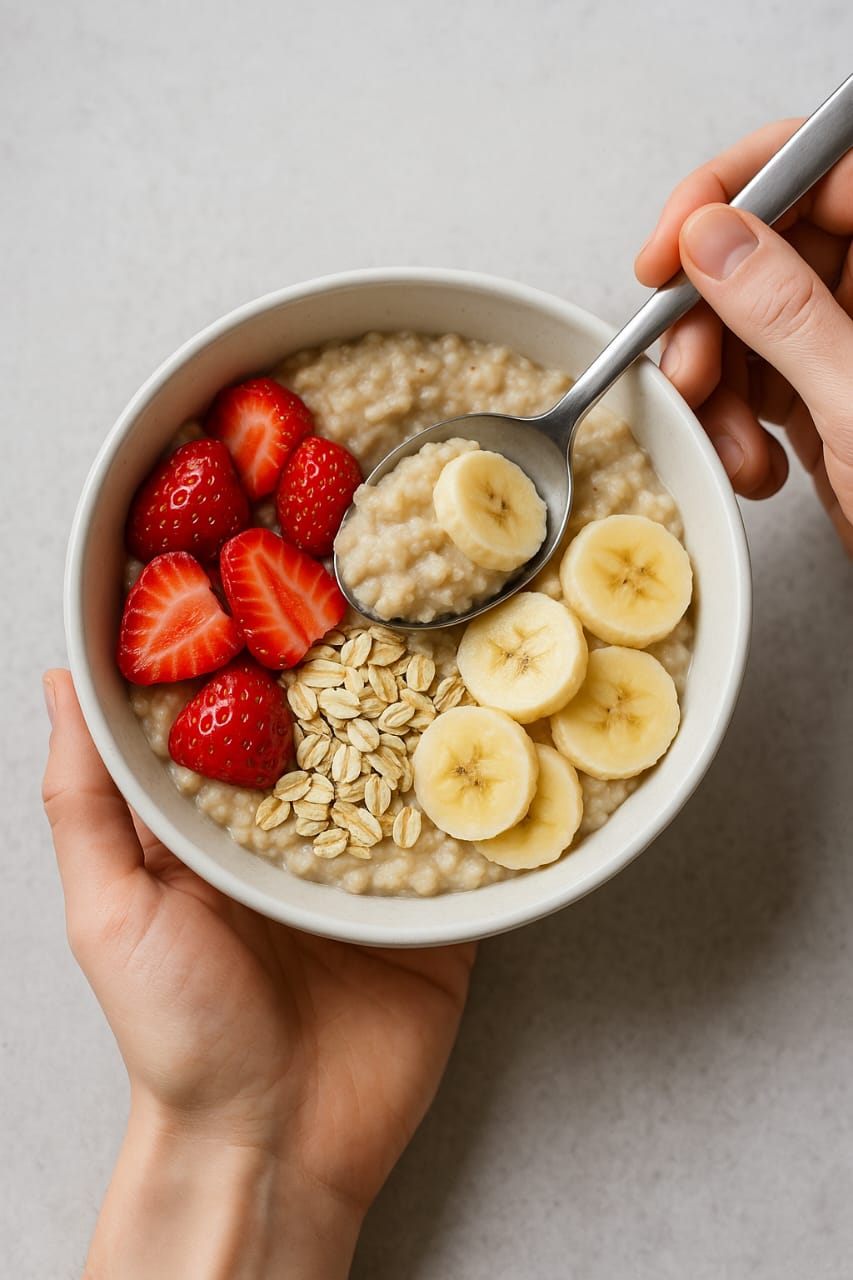Nigerian Association of Foreign Trained Pharmacists

Fibre-maxxing is the practice of intentionally pushing fibre intake to the upper limits of recommended (or even above recommended) daily values in order to optimize:
Gut health
Metabolism
Hormonal balance
Skin
Mental clarity
Weight loss
Blood sugar control
📌 It’s more than just “eating more vegetables.” It’s targeted, measured, intentional dosing of both soluble and insoluble fibre sources.
> Functional Health + Microbiome Science = Fibre Maxxing
🥬 “Food as Medicine” movement: Rising popularity of functional foods over pharmaceuticals for chronic issues.
🔄 Blood sugar hacks: Influencers recommend eating fibre before carbs to blunt glucose spikes.
🧫 Microbiome obsession: High-fibre diets diversify and feed your microbiota, which now equals status and longevity clout in wellness culture.
Fibre Type Function in Body Common Sources
Soluble fibre Forms a gel, slows digestion, binds cholesterol Oats, apples, chia seeds, psyllium
Insoluble fibre Bulks stool, speeds up colonic transit Whole wheat, bran, veggies, skins
Prebiotic fibre Feeds good bacteria, produces SCFAs Garlic, onions, asparagus, bananas
1. Slows glucose absorption and prevents blood sugar spikes.
2. Feeds gut bacteria short-chain fatty acids (e.g. butyrate) improves gut lining & inflammation.
3. Bulks stool and improves constipation & bowel motility.
4. Binds toxins and estrogens and supports liver detox & hormonal balance.
5. Delays gastric emptying and improves satiety and lowers calorie intake.
> 📈 Optimal fibre intake = 25–38g/day.
Fibre-maxxing circles push for 40–60g/day, but that’s not without caveats.
Here’s the inconvenient truth social media doesn’t highlight:
❌ 1. Bloating, Gas, Cramping
If the gut microbiome isn’t adapted, sudden high-fibre intake ferments rapidly → discomfort.
❌ 2. Constipation from Poor Hydration
Fibre requires water. If you don’t increase fluids proportionally, stools dry out.
❌ 3. Nutrient Malabsorption
Excess fibre, especially insoluble, can bind minerals (iron, calcium, zinc), reducing bioavailability.
❌ 4. Interference with Medications
Some fibres (like psyllium) can slow drug absorption. Always space fibre and medications.
This trend matters for you because patients are self-prescribing gut resets, detox protocols, and weight loss diets that alter absorption, motility, and medication pharmacokinetics.
🔄 Fibre affects:
Laxatives (can replace or interfere with osmotic/stimulant use)
Metformin (may increase GI side effects if not spaced out)
Iron supplements (absorption decreases if taken with fibre)
When to advocate for fibre, and
When to scale it back and titrate up slowly.